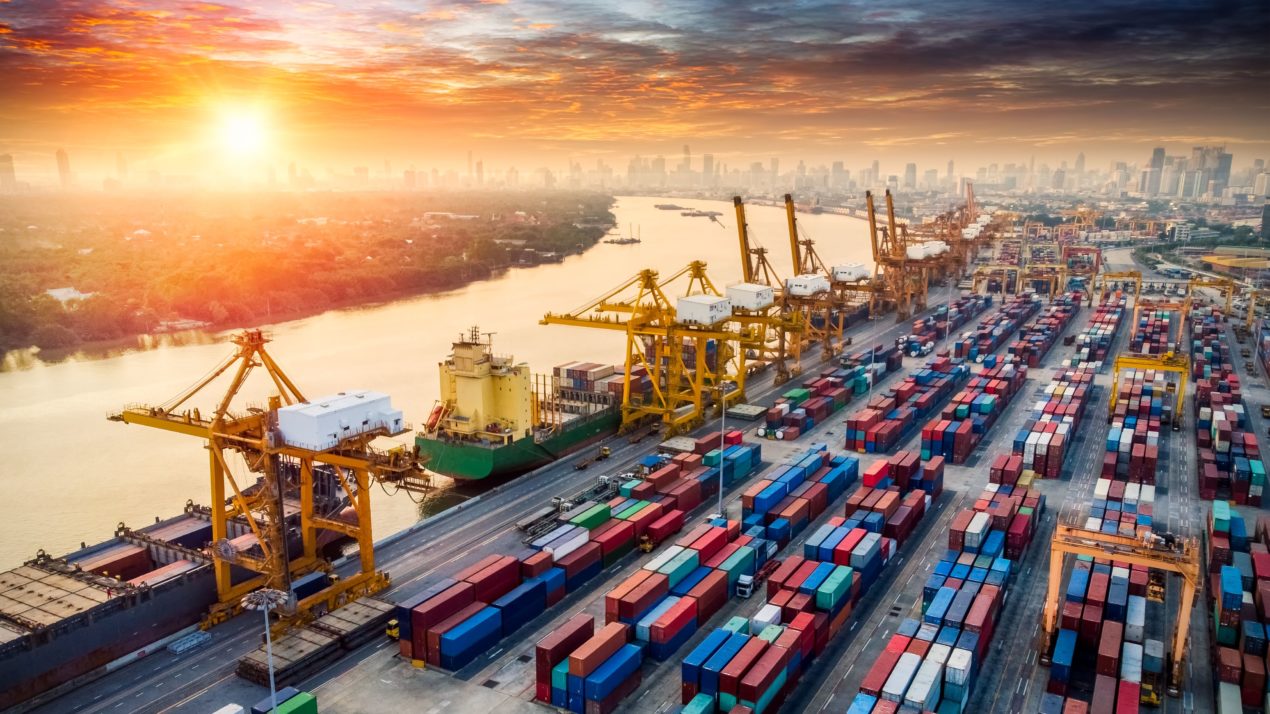
Edge Dairy Farmer Cooperative is encouraging U.S. trade officials to include market access for dairy products when crafting a new trade and economic plan for the Indo-Pacific Region.
“The importance of maintaining and expanding export markets is crucial to support milk prices and dairy farm revenues,” the cooperative stressed in comments it submitted this month to the Office of the United States Trade Representative, which is seeking stakeholder input for an Indo-Pacific Economic Framework.
Edge, which has members throughout the Upper Midwest, says the Indo-Pacific Region is critically important. The co-op pointed to Southeast Asia, in particular, as one of the largest destinations for U.S. dairy products, accounting for nearly $1.4 billion worth of dairy exports last year, an increase of 11 percent from 2020.
Japan and South Korea remain leading U.S. markets, including among the top five destinations for cheese, which the majority of Edge’s members produce.
U.S. Trade Representative Katherine Tai has said the new economic framework will not follow the traditional approach of free trade agreements. Edge said that while it welcomes new approaches, the U.S. should still consider the importance of certain traditional elements — particularly market access provisions.
“Market access often provides some of the most tangible benefits for obtaining the commitments USTR desires from other negotiating partners,” the co-op wrote.
“Greater market access for U.S. dairy exports means more to the industry now than ever. Exports are essential for balance of the U.S. milk supply and demand, growth of the industry and, at the end of the day, the dairy farmers’ milk checks. With growing global demand for dairy products, notably across the Indo-Pacific Region, it is only reasonable that the U.S. seek to tackle the lowest barrier to entry, market access.”
Other Points Of Emphasis To USTR
Support for the overarching efforts of the framework, particularly as it seeks to build on global rules-based trading efforts.
A comprehensive approach that eliminates tariff and non-tariff barriers.
Agreements that are legally binding and enforceable, and a formal legislative approval process to help ensure this.
Having sufficient critical mass of participating countries to shape regional rules and norms, as well as incentives to encourage other countries to join over time.
Protecting the right to use commonly used names for cheeses and other foods.
Before setting new environmental sustainability standards, assessing existing industry-supported initiatives and their consistency with national and global objectives.
Indo-Pacific Economic Framework Background
President Biden announced plans for a U.S.-led Indo-Pacific Economic Framework in October, which will be the administration’s first major trade and economic initiative in the region. Some members of Congress, several business associations, and U.S. allies, such as Australia and Japan, have called for a more active U.S. trade policy in the Indo-Pacific, including U.S. leadership in regional trade agreements.
The IPEF will focus on four pillars: trade facilitation, supply chain resilience, infrastructure and decarbonization, and taxation and anti-corruption. Agreements will be made with different sets of countries for each pillar, and those seeking trade facilitation would be expected to sign on to all four.
The framework could be launched as early as May.

